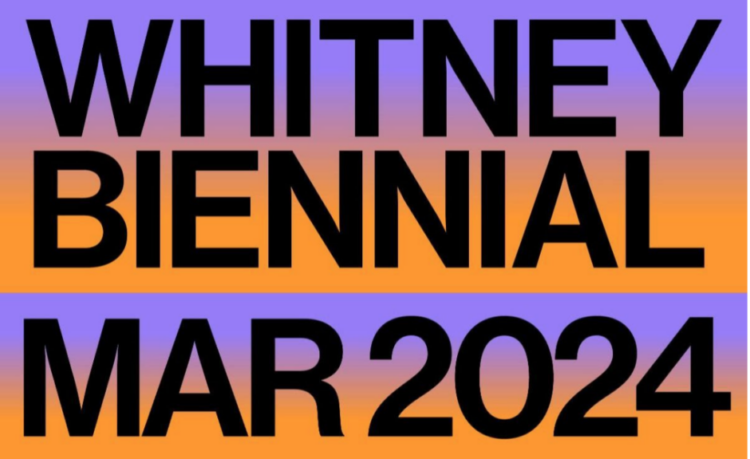The Barbara Hammer Gif Retrospective

In celebration of a major exhibition of Barbara Hammer’s work at KOW Berlin, we have put together our own modest gif retrospective looking at some of this Creative Capital Artist’s most influential films. A pioneering lesbian avant-garde filmmaker, Barbara has been extremely prolific since she picked up a camera for the first time in her early thirties. She had a huge variety of issues to tackle that had never been dealt with in film, much less politics, literature or any other venue: feminine sexuality, homosexuality, gender roles, as well as coping with aging and death. Creative Capital supported her film “Resisting Paradise” in 2000—our very first award year.
Here are just a few of Barbara Hammer’s pioneering works, with gif excerpts.
Dyketactics! (1974)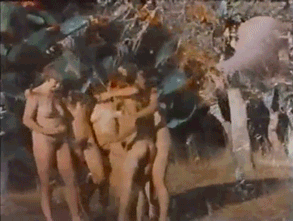
Barbara is widely regarded as the first—and for a while, the only—lesbian avant-garde filmmaker. Her film Dyketactics! is full of imagery we have come to expect in feminist cinema, and have made works like A.K. Burn‘s “Community Action Center” possible, but at the time no one had seen anything like it.
“I was lucky when I made Dyketactics!,” Barbara said in a BOMB Magazine interview. “I didn’t realize that it was the first lesbian film made by a lesbian. I would have been so afraid and intimidated. Instead, I just burst out and let my energy carry me through my work… At the end of Dyketactics!, I showed a vagina on the screen and this man screamed, ‘AAAAAAAHHHH!’ All the women said, ‘Haven’t you seen that before?'”
In the above excerpt, you can see visual reference to Marcel Duchamp’s iconic Étant Donné.
Double Strength (1978)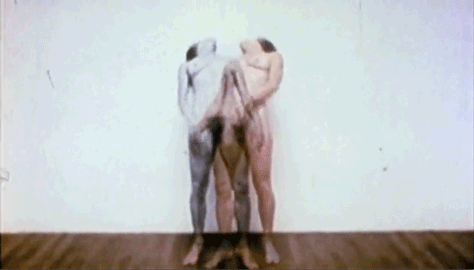
Before she had ever touched a video camera, Barbara was a housewife, she explained in an interview with Jeu de Paume. After reading about the lives of famous artists, she came out as a lesbian and picked up a Super 8 camera and went on a motorcycle road trip through Africa. This sudden shift in career and sexuality probably made Barbara a perfect candidate to explore this new terrain, as she did in one of her first short films Double Strength. She was clearly sensitive to and interested in the new subject matter she was exploring: the 1978 film documents four stages of a lesbian relationship.
Menses (1974)
In the seventies, Barbara’s work centered on what she called the “aesthetics of lesbian cinema,” which tended to be body focused. Menses was an important film from this period and included one of the subjects that had not been dealt with in cinema or art: menstruation. The film featured a humorous play that centered around the “secrets” of menstruation that Barbara was brought up with in the fifties. Even today—but especially then—the subject of menstruation is so taboo that rumors, myths and fantasies surround it. Menses was an attempt to poke fun at and poke holes in these inaccuracies.
Nitrate Kisses (1992)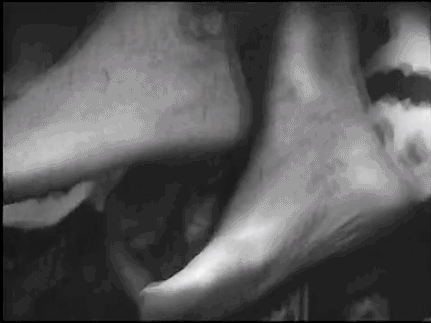
Nitrate Kisses was Barbara’s first feature length film, and it remains extremely influential not only to contemporary filmmakers, but to the LGBT community—it was the first time anyone had ever seen two women in their 60s or 70s making love on film. “It gives them hope,” Barbara said, speaking with Tina DiFeliciantino.
The myriad of subject matter unite under the theme of how the LGBT community had been marginalized since World War I, including: novelist Willa Cather, who may have hidden her sexuality by destroying documents before her death; footage from the homoerotic 1933 film Lot in Sodom; and text from the Motion Picture Production Code laid over a scene of homosexual love.
Barbara reacted to the state of filmmaking at the time she made Nitrate Kisses, which she later described: “The apparatus, the scripting, the money, the way the film was shot makes a seamless escape narrative for the male viewer… It’s only recently that there has been enough of a response for the independent cinema.”
No No Nooky TV (1987)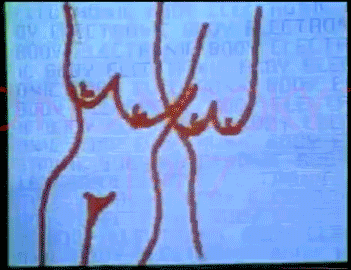
Feminist net artists: are you familiar with No No Nooky TV? In the late eighties, Barbara used a Bolex camera to film her work on an Amiga computer to examine the ways that technology impacts feminine sexuality, where male-created images of the female body are rampant. The film bombards the viewer with humor, color, pixels, computer language and pornographic words, forcing us to examine the differences between our own perception of our bodies and images of them.
Wait, what’s an Amiga computer? In short, it was an upgrade from 8-bit computers that came out in 1985. It was popular for its multitasking abilities, working with graphics and audio. The name “Amiga” (Spanish for a female friend) was undoubtedly one of Barbara’s puns in the film, but it was originally chosen by its makers because the word came before “Apple” in an alphabetical list of computer makers.
Sanctus (1990)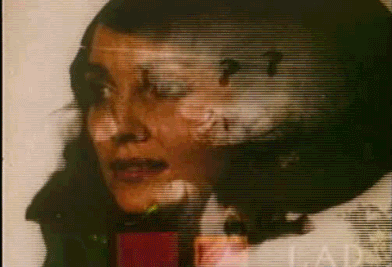
Dr. James Sibley Watson was a medical doctor by training, but through his work in x-rays became interested in avant-garde amateur filmmaking. But his focus on the female body struck Barbara as spectacle. Barbara incorporated his work into her own in Sanctus as a critique. KOW Berlin writes: “Hammer exalts these bodies, presenting them now as threatened, now as threatening, restoring their sensual presence. She copies, crops, and cross-fades Watson’s archival footage, painting on it and using chemicals to burn it. Hammer animates a danse macabre of female skeletons.”
Sanctus also demonstrated Barbara’s interest in the medical industry, which she developed in other films like Optical Nerves (her submission to the 1987 Whitney Biennial), and Vital Signs. In the struggle she experienced with disease, aging and death, she realized that these issues should be dismantled just as sexuality could be: “I read about the medieval reception of those who had died,” she said. “They were buried right next to the homes. Their presence was a part of life. After the cities became walled, cemeteries were put on the outside. We’ve put death far out of our minds.”
Resisting Paradise (2003)
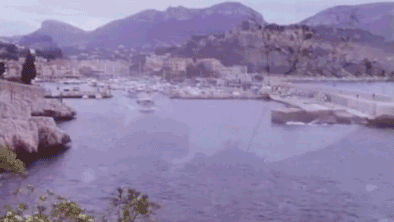
In the early 2000s, Barbara went to study the light and natural colors in a residency in Southern France, where Matisse and Bonnard painted many of their celebrated Impressionist works. When the war in Kosovo broke out, her work suddenly seemed trivial and unimportant to real life issues, but she was held to a contract with the residency.
“Maybe I could look at their lives,” Barbara explained in this interview, “and understand how they managed to continue to paint during a time of war.” Bonnard felt that art had nothing to do with politics; Matisse was deeply connected to the resistance movement during World War II.
The result was Barbara’s Creative Capital-supported project, Resisting Paradise—a hybrid of interviews from resistance fighters, experimental film and excerpts from the artists’ letters.
Maya Deren’s Sink (2011)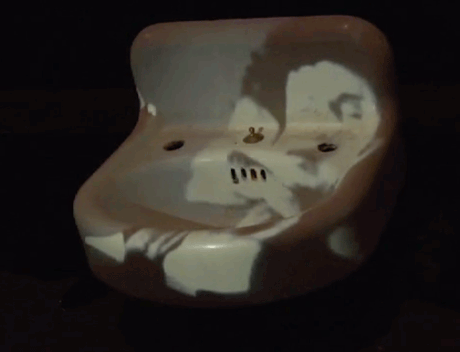
Barbara Hammer saw her first Maya Deren film in a film history class of 100 students, three of which were women. “We didn’t see one other female director,” Barbara said in an interview with MoMA. “I knew that there was room for me in cinema.”
The archetypal independent filmmaker of her time, Maya Deren screened her work on the wall at her home. One day Barbara came across Maya Deren’s old bathroom sink and decided to project images on it as a way to pay homage to the director for inspiring her to become a director herself.
Like so many of her films, Barbara hoped that this film would “open doors” to her viewers. In the case of Maya Deren’s Sink, it might lead to interest in that filmmaker’s work, but in other films, the doors led to previously unimaginable possibilities: to accepting death and aging, to finding beauty in rarely seen images of the body and to an alternate vision of what love could look like.
KOW Berlin’s exhibition of six films by Barbara Hammer is on view through February 14, 2015.

